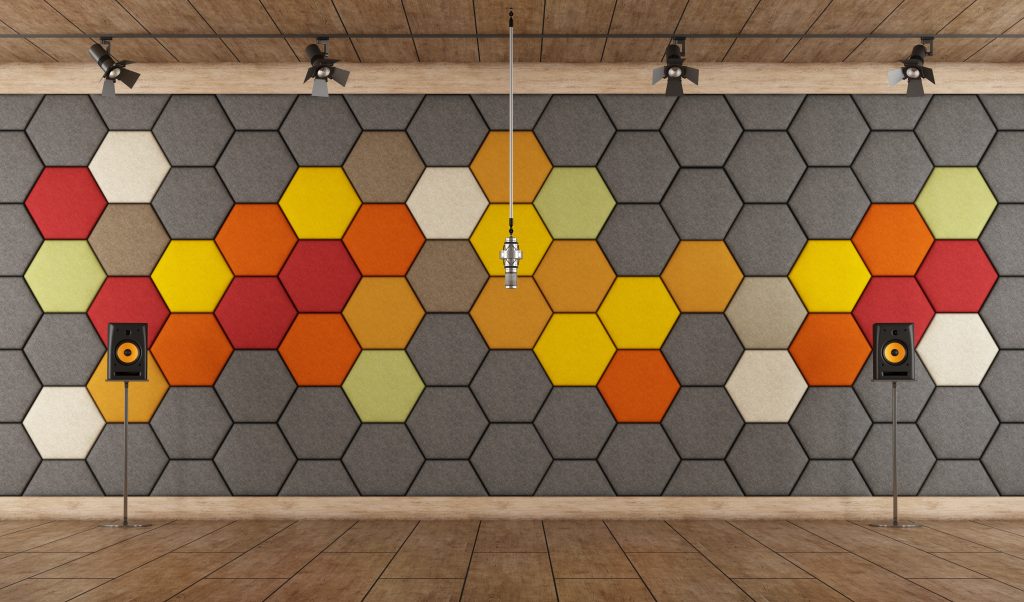
Sound absorbing panels are a must-have for any home studio. But they can also be used in other rooms of your house to improve the sound quality. In this blog post, we will discuss the best ways to use sound absorbing panels in your home. We will also provide some tips on how to choose the right panels for your needs. So, whether you are someone who is interested in starting a home studio or you just want to improve the sound quality in your living room, keep reading for more information!
-
Understand the value of symmetry.
There are a few things to keep in mind when designing a room with acoustic panels. First, the panels should be balanced in a space, but there are often multiple patterns in a given room, including windows, doors, A/C vents, etc. There can also be a number of penetrations or obstructions, such as lights and exit signs, that need to be installed around.
Where possible, observe the primary symmetrical pattern, and when patterns must be broken for an obstruction, minimize the change in spacing between panels. Second, the type of panel chosen will also affect the design of the room. Absorption panels will typically be mounted on the walls or ceiling, while diffusion panels will be freestanding.
Third, consider the acoustics of the room as a whole – not just the sound quality of the room itself, but also how it will interact with adjacent spaces. This is especially important in rooms that adjoin each other, such as conference rooms and banquet halls.
By keeping these factors in mind, you can create a well-designed space that sounds great and looks beautiful.
-
Spread the panels.
Soundproofing a room can be a challenge, but there are a few simple things you can do to reduce noise levels. One of the most effective ways to soundproof a room is to use acoustic panels.
Acoustic sound absorbing panels are specially designed to absorb sound waves, and they can be placed on walls or ceilings. However, it’s important to remember that panels become less effective if they’re all placed together in a single corner.
This is because only a small amount of the sound waves will reach that corner in the first second or two after the noise occurs. Instead, it’s better to spread the sound absorbing panels out around the room so that they can more effectively absorb the sound waves.
-
Don’t place them too high.
When it comes to acoustic treatment, there are a few things to keep in mind. First, don’t place the sound absorbing panels too high. While it may seem like a good idea to hang them out of the way, this can actually cause sound to bounce off of them before it has a chance to be absorbed. Second, make sure the panels are evenly spaced. If they are too close together, they will not be as effective.
Finally, remember that acoustic treatment is not a one-time event. You will need to regularly check the sound absorbing panels and make adjustments as needed. By following these simple tips, you can ensure that your acoustic treatment is effective and looks great.
